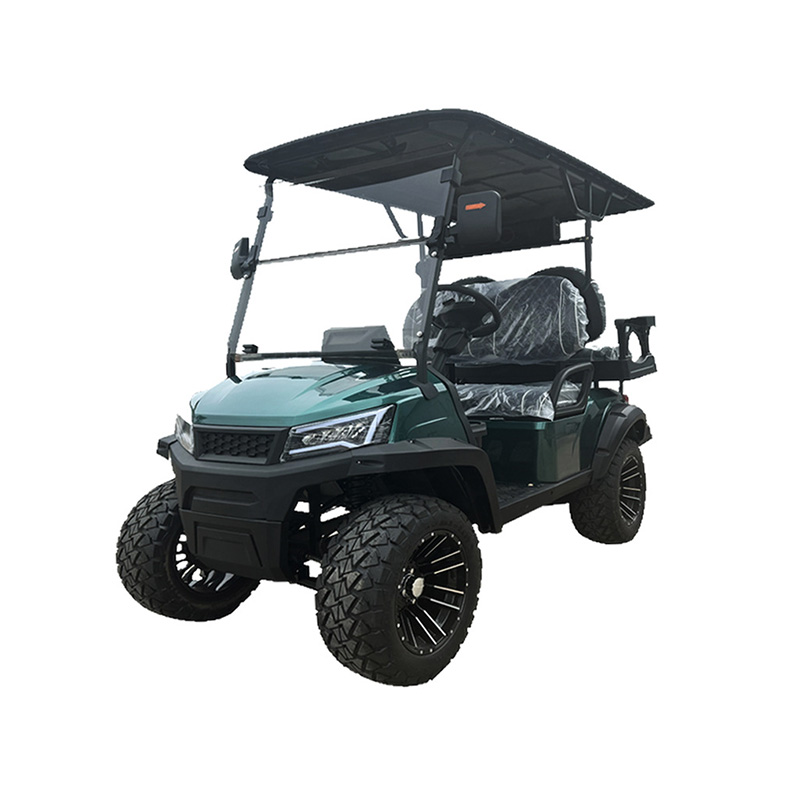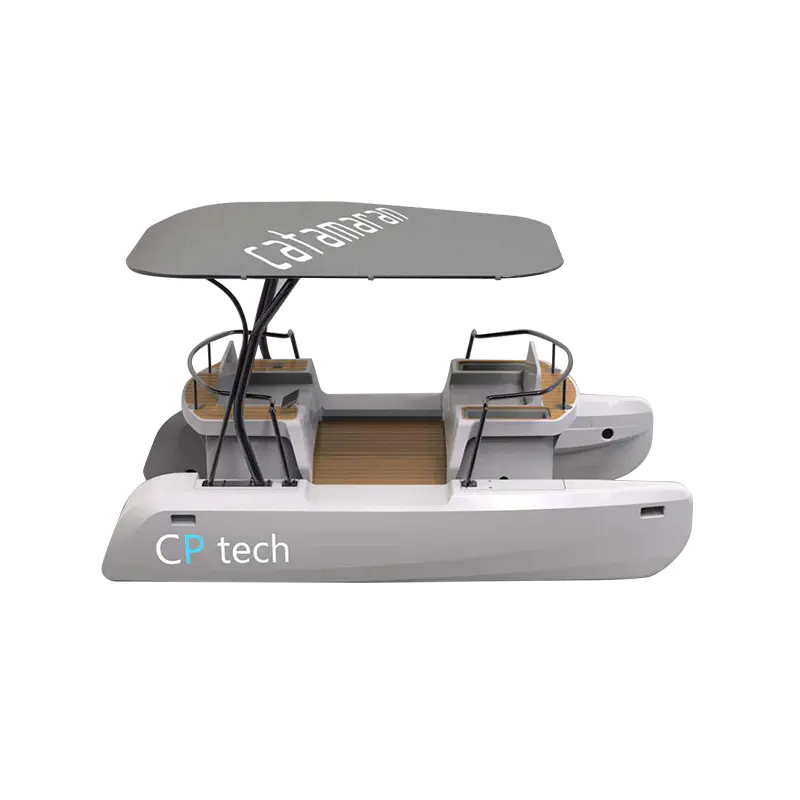Production Considerations of Off-Road Recreational Vehicles
2025-04-18
Electric utility task vehicles (UTVs) have rapidly become a popular choice in both recreational and work environments. They offer a clean, quiet, and efficient alternative to traditional gasoline-powered UTVs, combining the rugged durability of off-road vehicles with the environmental benefits of electric power. These vehicles are designed for utility tasks, providing support in industries such as agriculture, construction, hunting, and recreation. Below are some of the common types of electric utility UTVs:

1. Two-Wheel Drive (2WD) Electric UTVs: Two-wheel-drive electric utility vehicles are often the affordable and basic option in the market. These vehicles are generally lighter and simpler, offering great performance for lighter tasks and moderate terrains. They are good for flat, dry surfaces or environments that don't demand excessive power. A 2WD electric UTV typically provides a smooth, energy-efficient ride but lacks the off-road capabilities of a 4WD model. They are commonly used for light-duty utility tasks, like hauling small loads on farms or traversing established trails in recreational settings.
2. Four-Wheel Drive (4WD) Electric UTVs: For more demanding terrain and tougher tasks, four-wheel-drive electric UTVs are the go-to option. These vehicles are designed for off-road adventures and heavy-duty work, such as navigating through mud, snow, or rocky landscapes. Equipped with four-wheel drive, these vehicles offer increased traction and handling, making them ideal for farms, construction sites, or recreational trails. They are typically more powerful than their 2WD counterparts and can carry heavier loads and tow more weight, making them a popular choice for both commercial and personal use.
3. Electric UTVs with Cargo Beds: Electric UTVs with cargo beds are designed for utility tasks that require carrying equipment, tools, or materials. These UTVs are equipped with durable cargo areas in the back, offering substantial storage capacity. They are commonly used in agricultural, construction, and industrial environments, where transporting goods or tools to different locations is essential. Many models also feature dump beds, allowing for easier unloading of materials like gravel, soil, or sand.
Designing and manufacturing off-road recreational vehicles, such as electric UTVs, requires careful planning, attention to detail, and a clear understanding of the intended market. The production of these vehicles, particularly in the off-road segment, involves several key factors to ensure safety, performance, and durability. Here are some of the critical considerations for producing off-road creative vehicles:
1. Durability and Build Quality: Off-road vehicles are subjected to harsh environments, from rocky trails to muddy fields, which means that durability is paramount. The production of off-road recreational vehicle must prioritize the use of high-quality materials that can withstand the rigors of rough terrain. This includes selecting durable chassis materials like steel or aluminum alloys, which offer a balance of strength and weight. The frame and suspension systems must be engineered to handle shocks, bumps, and impacts that are common in off-road environments. It is also important to focus on corrosion resistance, especially for vehicles exposed to moisture and salt, which can rust and degradation over time.
2. Powertrain Engineering: The powertrain is the heart of any off-road vehicle, and this is especially true for electric UTVs. The vehicle's motor, battery, and drivetrain must be designed to provide ample power for climbing hills, navigating rough terrain, and towing heavy loads. For electric off-road vehicles, this means selecting motors that provide sufficient torque and power to overcome obstacles while maintaining energy efficiency. Battery capacity is equally important, as a large battery allows for longer rides and more extended use between charges. Furthermore, the charging infrastructure needs to be integrated, ensuring that users can easily recharge their vehicles in remote locations, which is essential for off-road use.

 English
English  русский
русский  عربى
عربى 









